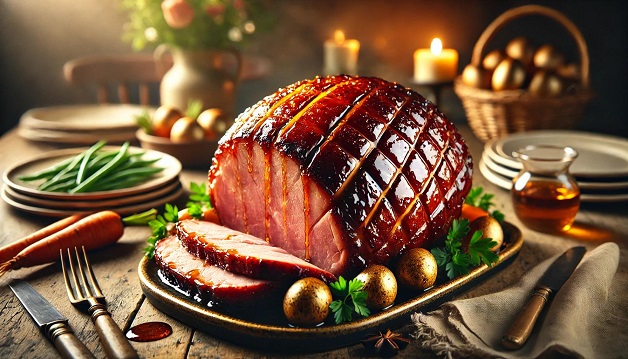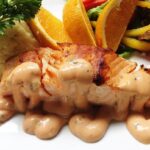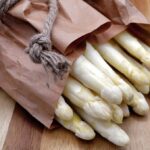
Easter Ham with Mustard Glaze is a festive favorite on German Easter tables. This dish features a succulent, slow-roasted ham brushed with a glaze made from mustard, honey (or brown sugar), and aromatic spices. The result is a beautiful balance of sweet, savory, and tangy flavors, perfect for serving alongside potatoes and spring vegetables.
Though roast lamb and rabbit are also traditional, glazed ham has become a popular and practical Easter centerpiece in both rural and urban households across Germany. It’s a hearty and family-friendly option that pairs well with both classic and modern side dishes.
In this recipe, you’ll learn how to prepare a tender, flavorful Easter ham, along with tips on glaze variations and serving suggestions.
History & Cultural Significance
The Tradition of Easter Ham
While roast lamb symbolizes spring and rebirth in Christian tradition, ham has long been a celebratory dish in German-speaking countries, particularly in northern and central regions. It was historically served at festive feasts after Lent, when families celebrated the end of fasting with cured or roasted meats.
The use of mustard glaze is rooted in German culinary traditions, where sweet and savory sauces enhance roasted meats. Mustard, often combined with honey, brown sugar, or fruit preserves, creates a flavorful crust and beautifully caramelized finish.
Today, Easter ham is often served with Kartoffelsalat, white asparagus, or braised red cabbage, making it a versatile and well-loved main course.
Explore more traditional Easter meals like Osterlammbraten or Lachs mit Senfsauce.
Ingredients & Preparation
Ingredients
- 1 whole or half cooked ham (2–3 kg / 4.5–6.5 lbs)
- 3 tbsp German or Dijon mustard
- 3 tbsp honey or brown sugar
- 1 tbsp apple cider vinegar or lemon juice
- 1 tsp ground cloves or 5–6 whole cloves (optional)
- 1 tbsp melted butter (optional)
How to Make Easter Ham with Mustard Glaze
Step 1: Prepare the Ham
- Preheat oven to 180°C (350°F).
- If using a pre-cooked ham, remove packaging and place it in a roasting dish.
- Score the surface of the ham in a crisscross pattern (optional for better glaze coverage).
Step 2: Make the Glaze
- In a bowl, mix mustard, honey (or sugar), vinegar, and butter until smooth.
- Brush half of the glaze over the ham.
Step 3: Roast the Ham
- Cover loosely with foil and roast for 1.5 to 2 hours, depending on size.
- Baste with more glaze every 30 minutes.
- For the last 15 minutes, remove foil to caramelize the glaze.
Step 4: Rest and Slice
- Let the ham rest for 10–15 minutes before slicing.
Serving Suggestions & Variations
How to Serve
This Easter ham pairs well with:
- Kartoffelsalat (warm potato salad)
- Frühlingsgemüse (spring vegetables)
- Rotkohl (braised red cabbage)
- Fresh rolls or German rye bread
Variations
In southern Germany, some recipes add a splash of beer or white wine to the glaze. In Bavaria, it’s common to serve the ham with sweet mustard and pretzels.
Looking for a lighter option? Try Lachs mit Senfsauce.
Easter Ham with Mustard Glaze is a festive and flavorful dish that brings warmth and tradition to your holiday table. With its juicy interior and golden, sweet-savory crust, it’s sure to please both guests and family.
Whether served with classic sides or modern accompaniments, this German-style ham is a reliable and crowd-pleasing centerpiece.
For more Easter ideas, try Osterlammbraten, Spargelsalat, or Hase in Rotweinsauce.







